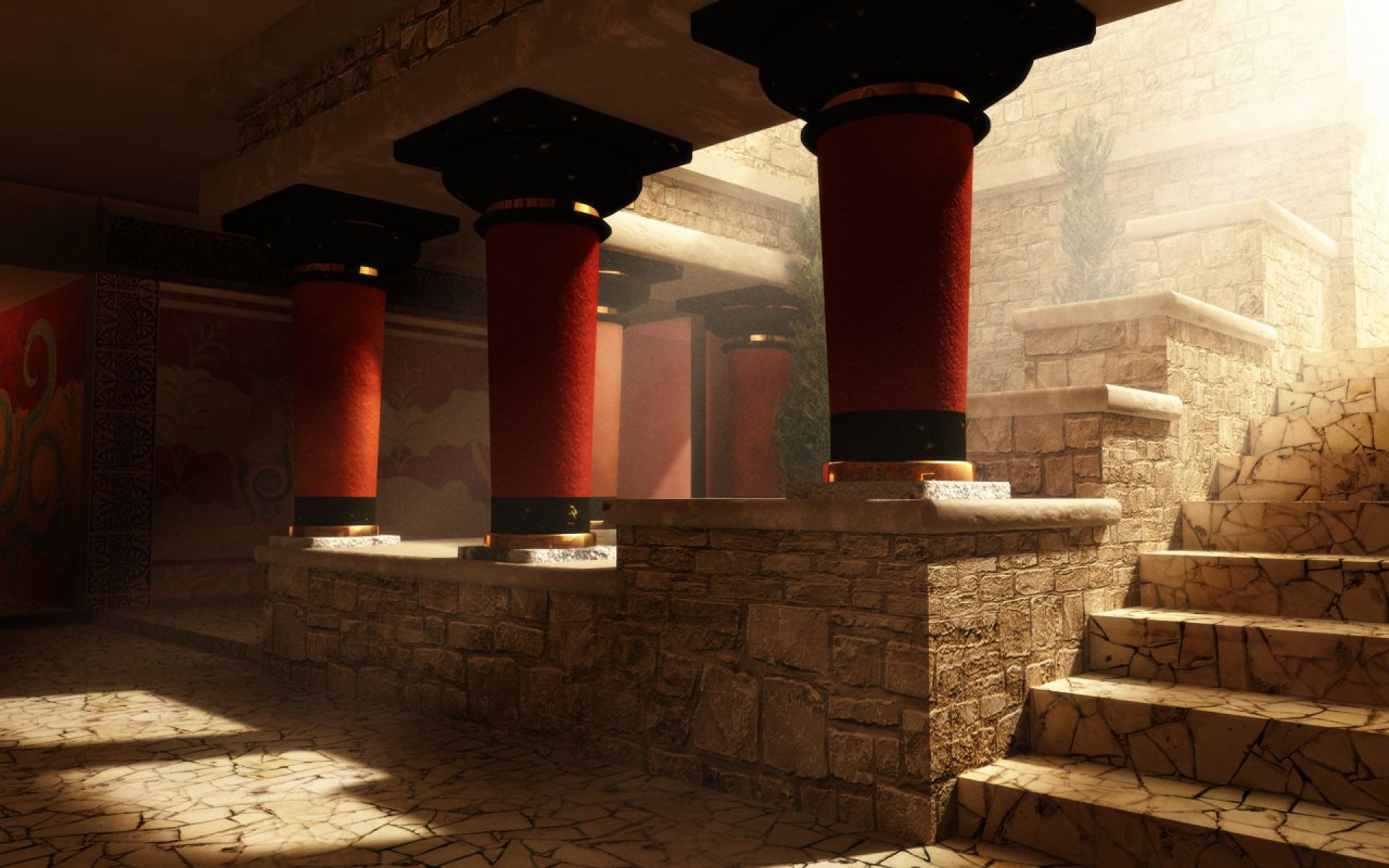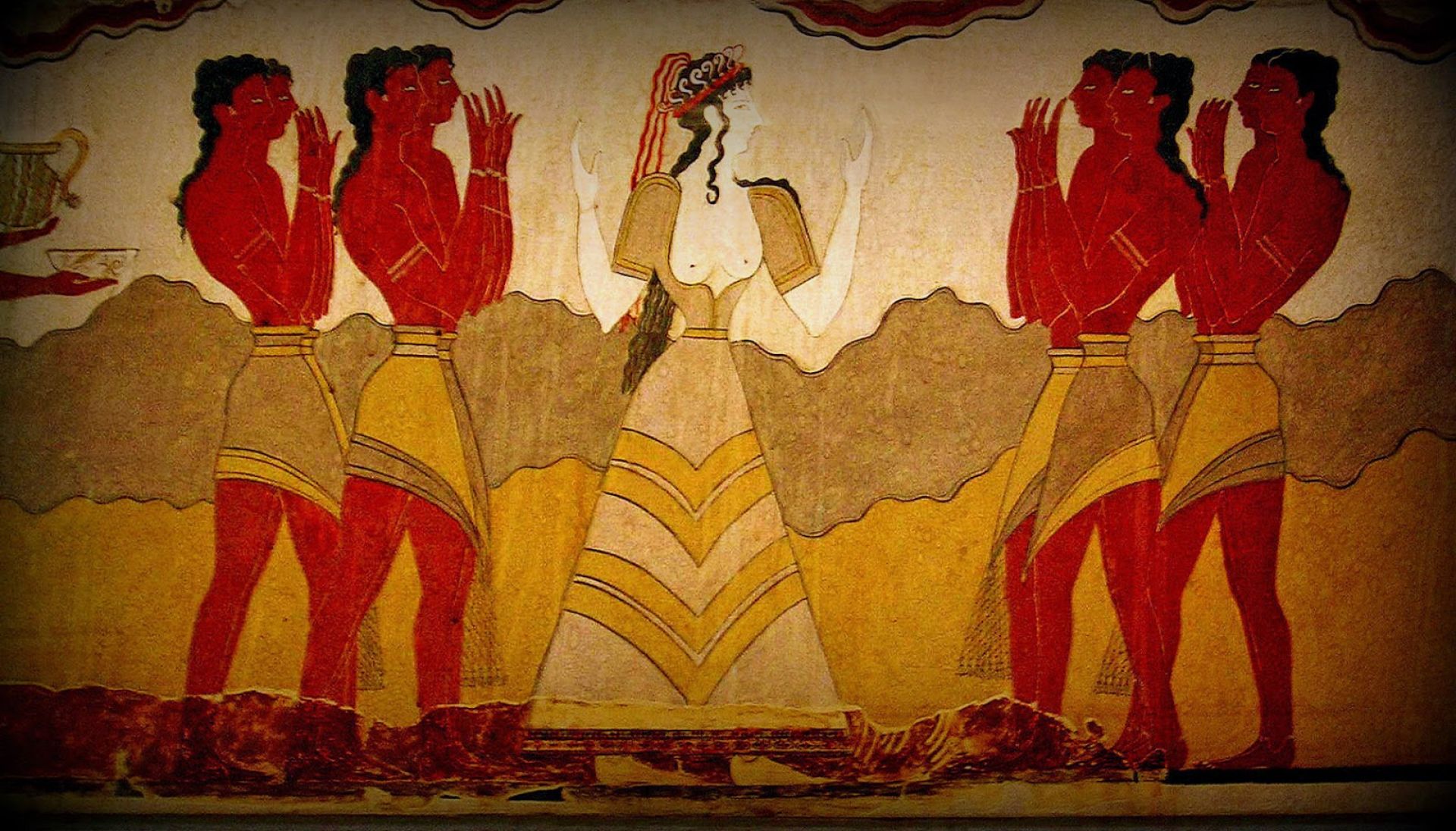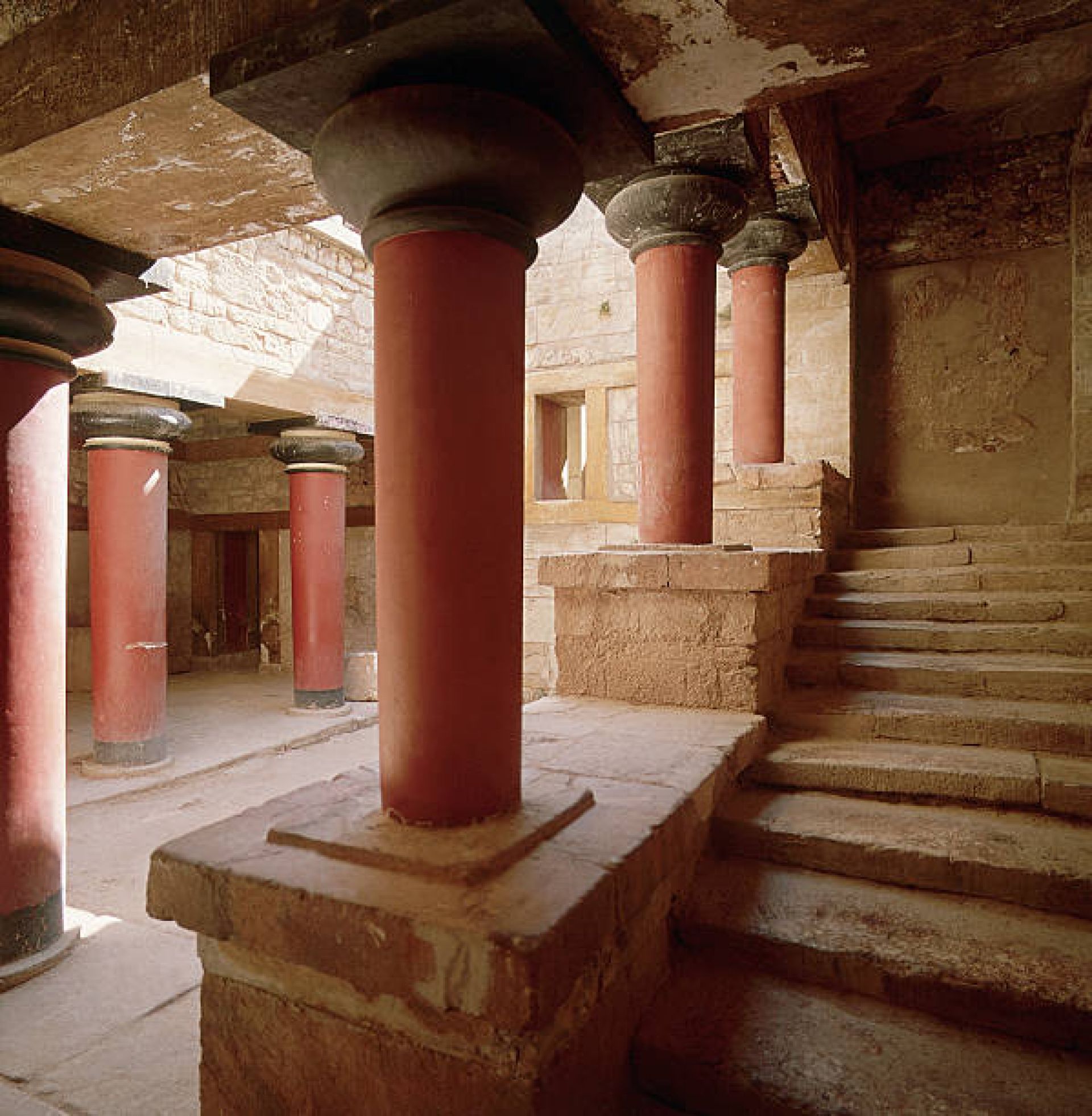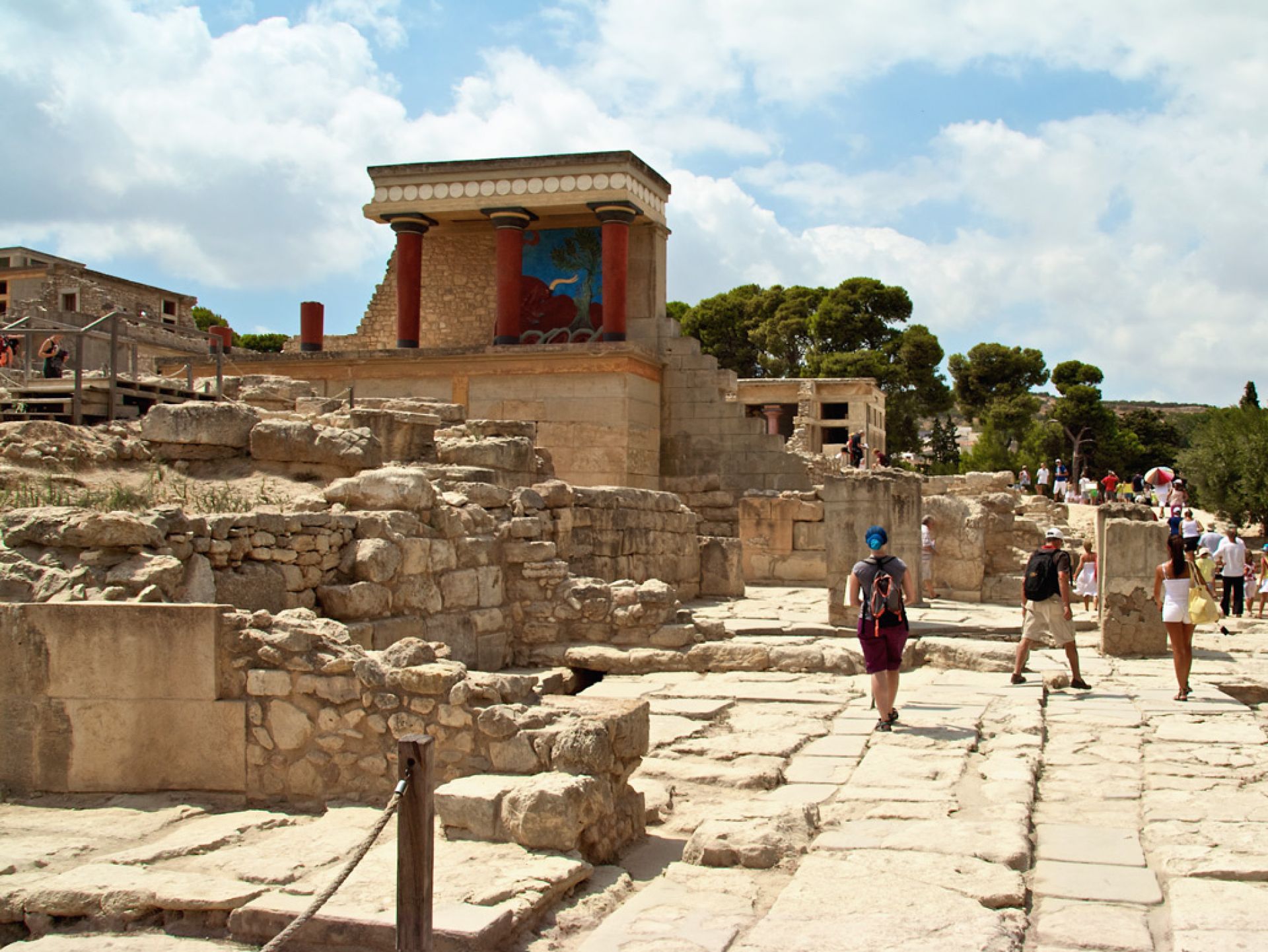Knossos
In 1878, Minos Kalokerinos, a citizen of Heraklion, began excavation on Kefala hill, about 5 km south of Heraklion. Four rooms were excavated and rushed out of ruins many clay jars. Later, the English Sir Arthur Evans bought the hill from the Turkish owner, and in 1900 he began excavations with a large staff of associates. Excavations brought to light the Palace of the King Minos. The place of Knossos is pre-Hellenic. Perhaps the first inhabitant of the area was called Knos, and because of him, the city was named Knossos. The meaning of the word Knossos could be '' the city of Knos''. The excavated palace of Knossos spread over an area of 22,000 m², dates back to the Neo-Palatial or Second palatial Minoan period, 1700-1450 B.C, the brightest and the most glamorous Minoan period. The Minoan city of Knossos was developed around the palace.
The palace and the Minoan city of Knossos were destroyed in 1450 b.C, but Minoans didn't disappear. The Minoan culture wasn't lost. There are many archeological finds,(cups, rings, paintings, sarcophagus etc) form excavated Mycenean towns and cemeteries of Peloponnese which have got decoration as if they had been made by Minoans. After the catastrophe of 1450 b.C. civilization center was moved from Knossos to Mycenae, Peloponnese.
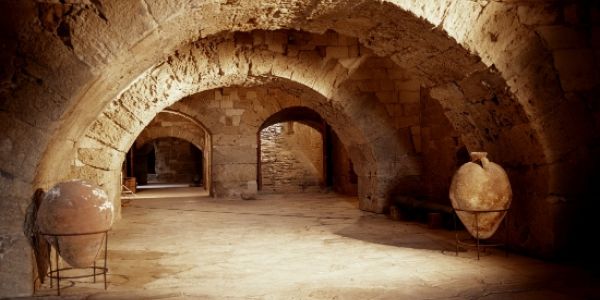
Venetian fortress Koule
The Fortress was built by the Venetians in the early years of their domination in Chandax, for the better protection of the port of the city, which had a prominent strategic and commercial importance. The original building, which was low and witho...
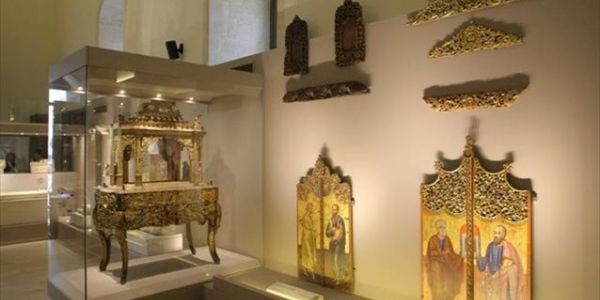
Museum of Christian Art
The Museum of Christian Art is housed in one of the most important monuments of Heraklion, at the church of Saint Catherine of Sinai, a catholicon of the monastery of the same name that operated from the second Byzantine period until 1669 and was ...

